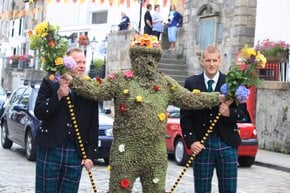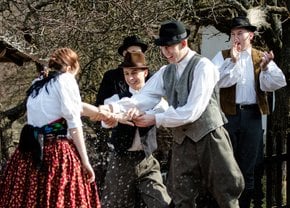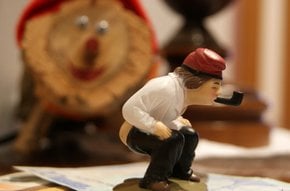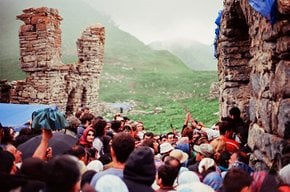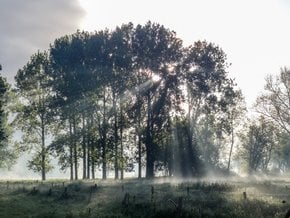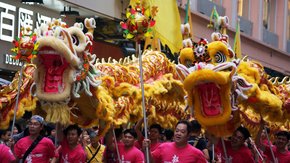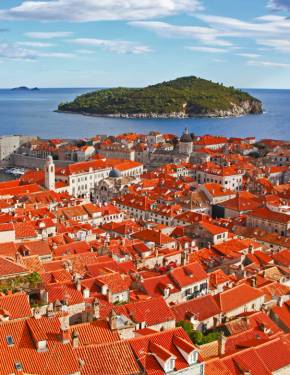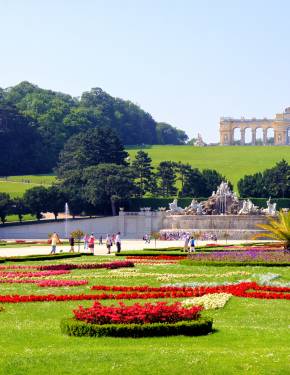Busójárás 2025 in Hungary
The 500-year-old traditions with bonfires and parades of fearsome monsters unfold on the bank of the Danube, making one of the strangest and most unforgettable events in Hungary
Dates: February 27–March 4, 2025
Many traditions and rituals are widespread across Hungary, but some are unique to specific regions or villages, making them particularly fascinating. One such tradition is Busójárás, celebrated in the small town of Mohács during the final week before Lent. Originating from the Šokci people of Mohács, this internationally renowned custom marks the symbolic "burial" of winter. Featuring elaborate masks, costumes, and folk rituals, Busójárás attracts visitors from all over the world eager to experience this vibrant display of Hungarian cultural heritage.
Busós
The Busójárás tradition is rooted in vibrant rituals where participants, called Busós, wear monstrous masks to conceal their identities and roam the streets with cowbells and noisemakers. Villagers ride on carts or tractors, often accompanied by Jankels—assistants in ragged clothing—and Sépbusós, girls or men in folk costumes with veiled faces who help coordinate the groups. The celebration includes competitions for the most creative and traditional appearances.
Festival
Centered in Széchenyi Square, the festival features noisy processions, light effects, cannon fire, and folk music performed by tambourine and bagpipe bands. On Carnival Sunday, Busós cross the Danube and participate in a grand parade, launching a symbolic coffin of winter and lighting the largest bonfire of the event. Tourists flock to weekend festivities, while locals continue celebrating through Tuesday with another bonfire to bid farewell to winter and welcome spring.
Origins
Busójárás, a UNESCO-recognized tradition, is believed to have originated from the Sokacs of Balkan descent, who brought the custom when they settled in Mohács. While one legend ties it to the 16th-century expulsion of the Turks, when villagers used masks and noise to scare them away, today, it symbolizes driving out winter and welcoming spring. Historically, Busós went door-to-door with their noisy processions, receiving food and drink in exchange for their good wishes.









